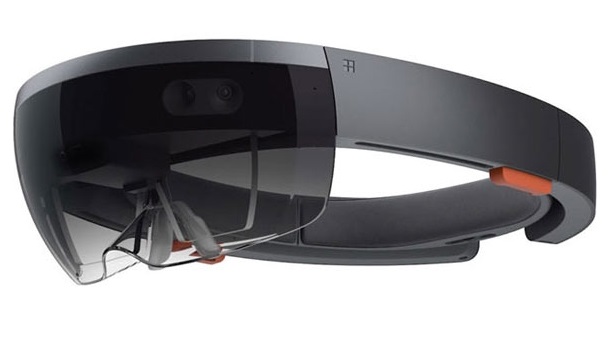A look at 21st Century goggles
Facebook CEO, Mark Zuckerberg, recently gave a keynote conference at F8 discussing Facebook’s update and future plans. In one of the slides, people were wearing the virtual headset, Oculus Rift.
Facebook bought Oculus last year in July for $2 billion. The virtual reality headset gives you the sense that you are actually in a virtual world. Facebook plans to add a new social experience that will be a gamer changer for messaging.
“I can’t imagine being in virtual reality,” senior Ben Boughton said.
The company plans to defy social media, by feeling like you are right next to other users across the world in a virtual reality space. Plans for this to launch will likely be in late 2017.
“I have used the Oculus before in my computer class,” junior Tim De Boer said.
Other companies, like Oculus Rift, have made holographics possible with the use of goggles. Microsoft has been working on a project called hololens. The project will make the impossible-possible. You can surround yourself with equipment, which can be manipulated.
“Side effects to the goggles will likely be eye damage,” senior Benjamin Cohen said.
The great benefit of this new reality will be making ideas come to life. Once you have a prototype of your idea. Making it come to life is just a click away with a 3D printer. The printer will make it so, that your ideas are physically hands.
Your donation will support the student journalists of Sycamore High School. Your contribution will allow us to purchase equipment and cover our annual website hosting costs.



